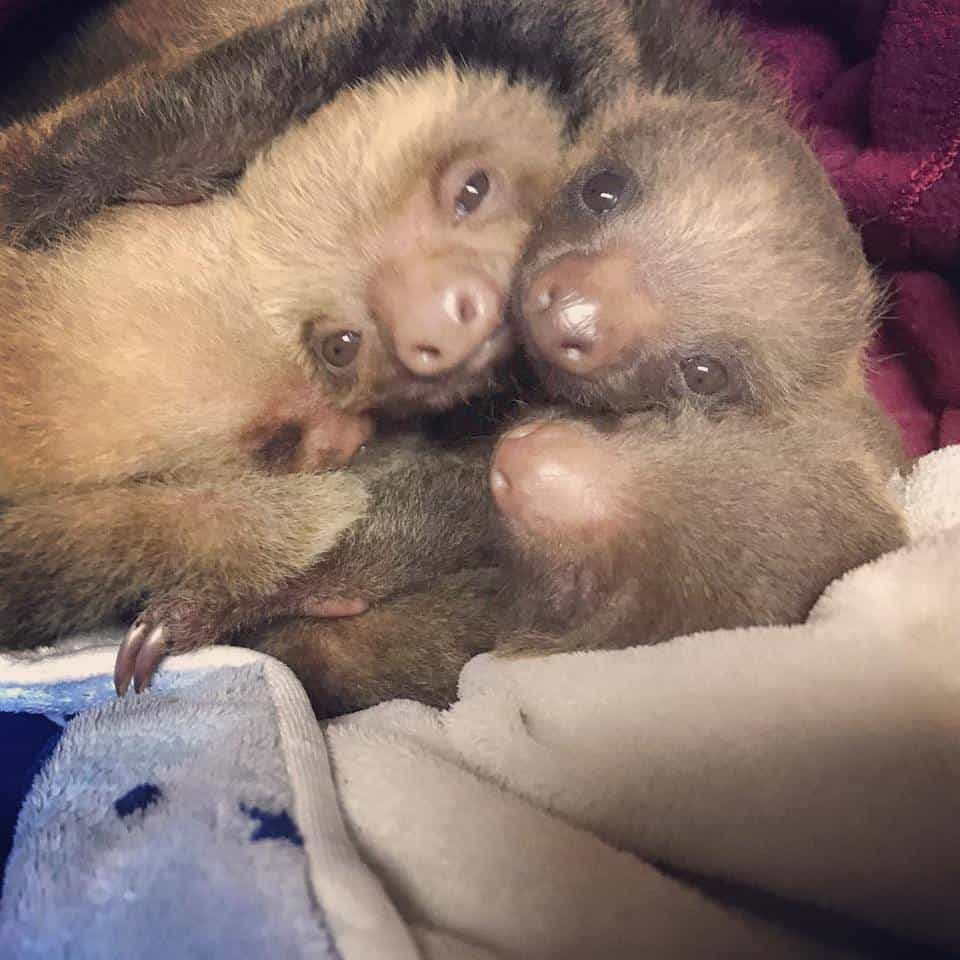Did you know that sloths are some of the most common mammals in the rainforest? Although spotting a wild sloth can be quite a challenge due to their preference for high branches and dense foliage, these creatures are actually among the best-adapted animals in their environment. Sloths spend nearly their entire lives in trees, which provides them with natural protection from predators such as jaguars and eagles. Their slow movements and excellent camouflage make them difficult to detect, helping them to avoid danger while conserving energy.
Biologists estimate that sloths make up more than half of the total mammalian biomass in the rainforests of Central and South America. This means that sloths, despite their elusive nature, are a vital part of the rainforest ecosystem. They play a crucial role in maintaining the health of the forest by contributing to nutrient cycling, supporting the growth of trees, and providing habitats for other organisms, such as insects that live in their fur.
Of the six known species of sloths, only two are currently considered endangered. The maned sloth (Bradypus torquatus) is found in Brazil and faces threats from habitat destruction due to deforestation. The pygmy sloth (Bradypus pygmaeus), which inhabits only one small island off the coast of Panama, is also endangered due to its limited range and the pressures of human activity.
While the majority of sloth species remain relatively stable in their populations, conservation efforts are crucial to ensuring the survival of these two endangered species. Protecting the rainforest habitat that sloths and countless other species rely on is essential for maintaining the delicate balance of this diverse ecosystem. By preserving their natural environment, we can help ensure that sloths continue to thrive as one of the most iconic and important animals in the rainforest.






